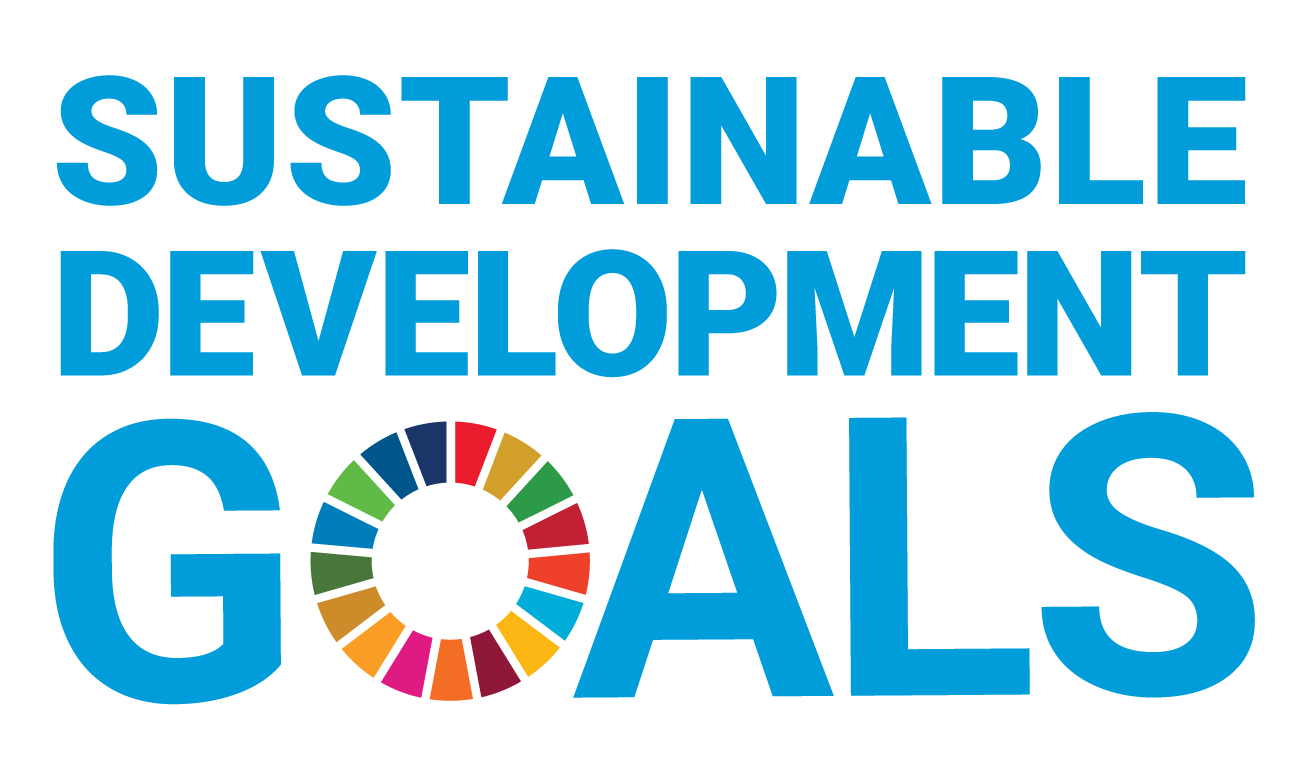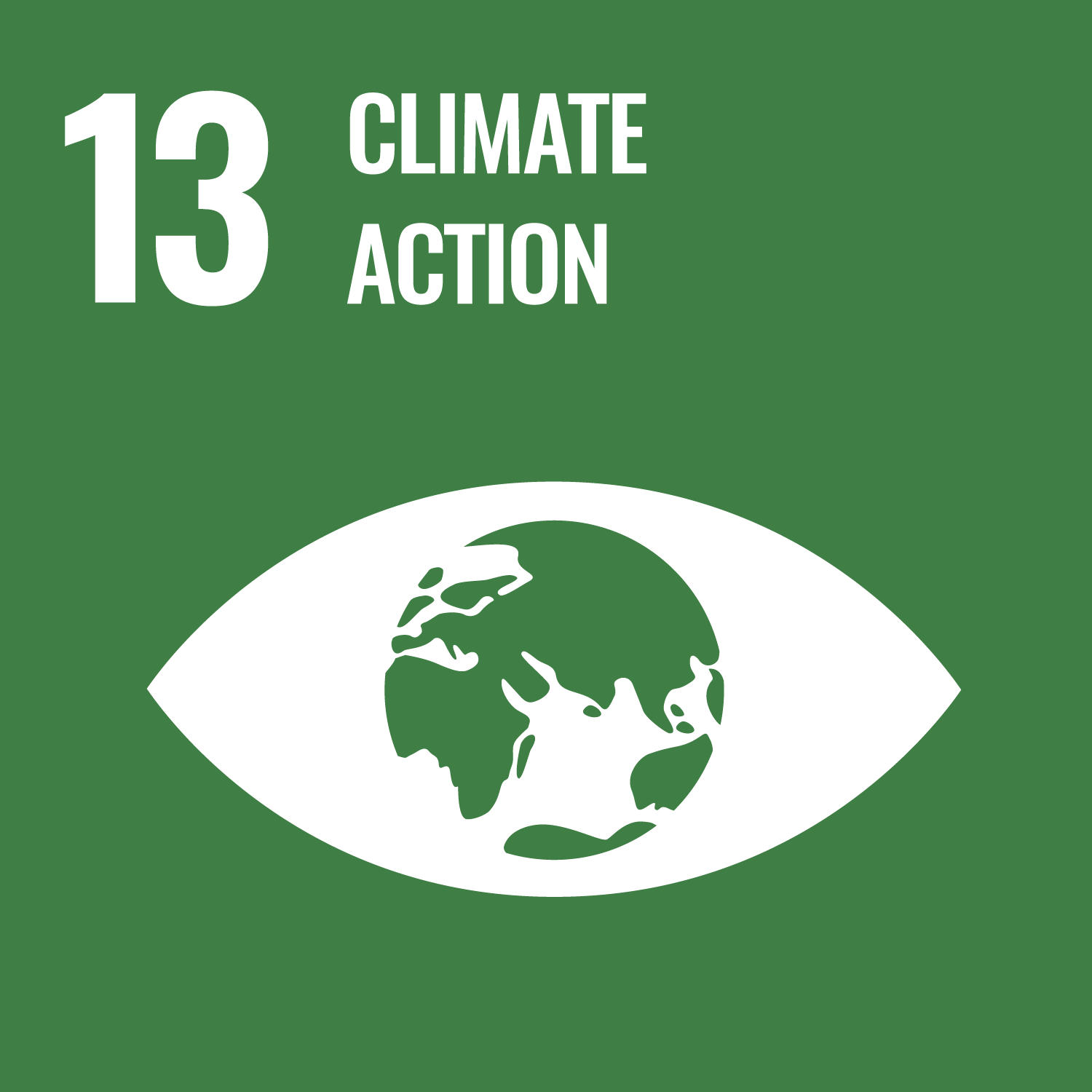Microbes at the Root of Sustainable Farming
You can search for courses, events, people, and anything else.
Planting vegetation along light rail tracks could add the equivalent of two football fields’ worth of green space to the middle of Parramatta, according to Western Sydney University research.
In a viability study commissioned by Transport for NSW, Western researchers found that installing what will be Australia’s longest green track will have multiple benefits.
After receiving the team’s report, Transport for NSW constructed three separate sections of green track totalling 1.3 kilometres, as part of the Parramatta Light Rail project, which is expected to open in 2023.
Lead researcher Associate Professor Sebastian Pfautsch, from Western’s School of Social Sciences, says that replacing hard surfaces such as concrete and bitumen with grasses and groundcover offered a rare opportunity to green Parramatta city, where land is in high demand.
“If you put it together, we are adding more than one hectare of green space in downtown Parramatta,” says Pfautsch. “It’s amazing.”
The team’s review of green track around the world found that it can make cities cooler, quieter and improve their air quality, which would be particularly beneficial around areas such as Cumberland Hospital in Westmead.
They also found that greenery along light rail tracks not only provides habitat and biodiversity, it filters and reduces stormwater runoff. The team’s report notes that in Parramatta, where annual rainfall is 960 millimetres, between 480–670 litres of stormwater would be retained yearly for each square metre of green track. Any runoff would be filtered by the vegetation and contain fewer pollutants than if it had fallen on hard surfaces such as concrete.
Need to know
- Western researchers conducted a viability study on green tracks for the Parramatta Light Rail Project.
- After receiving the report, Transport for NSW added 1.3 kilometres of green track.
- This will add more than one hectare of green space in Parramatta.
Pfautsch says green tracks increase property values and the viability of businesses along the tracks, such as cafes, as they create pleasant streetscapes. The Parramatta Light Rail program director Mr Anand Thomas adds that the “green track will make the light rail blend in better with the existing local landscapes”.
While green track is found all over the world, it has never been tried in a hot, dry climate like that of western Sydney. Pfautsch’s review found that green track is suitable in western Sydney if appropriate plant species are used.
“We proposed ground covers which had low mowing, nutrient, and watering requirements,” says Vanessa Howe, a PhD student and co-author of the report.
“The species are native to western Sydney and are pretty tolerant to being walked over,” she adds.
The team also identified the need for proper irrigation and maintenance. As temperatures in Parramatta may regularly reach the high 40 degrees in the next five to ten years, irrigation will be essential.
“Without regular maintenance it will look ugly and people won’t like it,” says Pfautsch.
Pfautsch is confident that the Parramatta green track will become a model for the rest of Australia.
“The positives are so overwhelming and the risks are manageable once you have the right strategies. Green track is a good example for progressive, functional urban design,” says Pfautsch.
The team’s report — together with the first section of green track, based on Australian native species, Zoysia macrantha ‘Nara’ turf, which was laid in February 2022 — was extremely well received. It won two Australian Institute of Landscape Architects (AILA) NSW Awards for research communication and infrastructure as well as the 2022 AILA National Landscape Architecture Award for Infrastructure. “Transport NSW has since broadened some sections of the green track by lining the track bed with shrubs and trees. This maximises the surface area that can absorb stormwater, which can then be used by the shrubs and trees for transpiration cooling,” adds Pfautsch. “It’s very good green infrastructure design.”
Meet the Academic | Associate Professor Sebastian Pfautsch
Dr Sebastian Pfautsch is an Associate Professor in Urban Planning and Management at Western Sydney University. His trans-disciplinary research is built around the complex issue of urban heat. While the core of his work is concerned with the cooling functions delivered by green infrastructure (GI), his applied projects deal with heat mitigation far beyond GI and include surface and building materials, engineered shade, blue infrastructure, smart city technology and more. His high-quality research output is documented in the form of more than 100 peer-reviewed research papers, technical reports and journal articles. Sebastian's work features regularly in the media, which in 2021 led to more than 350 headlines in 21 countries, published in 5 languages and reached more than 1 billion people.
Related Articles
Credit
This research was funded by Transport for NSW.
© dvoevnore/iStock/Getty © Bryn Parish/unsplash © Egle Sidaraviciute/unsplash
Future-Makers is published for Western Sydney University by Nature Research Custom Media, part of Springer Nature.








